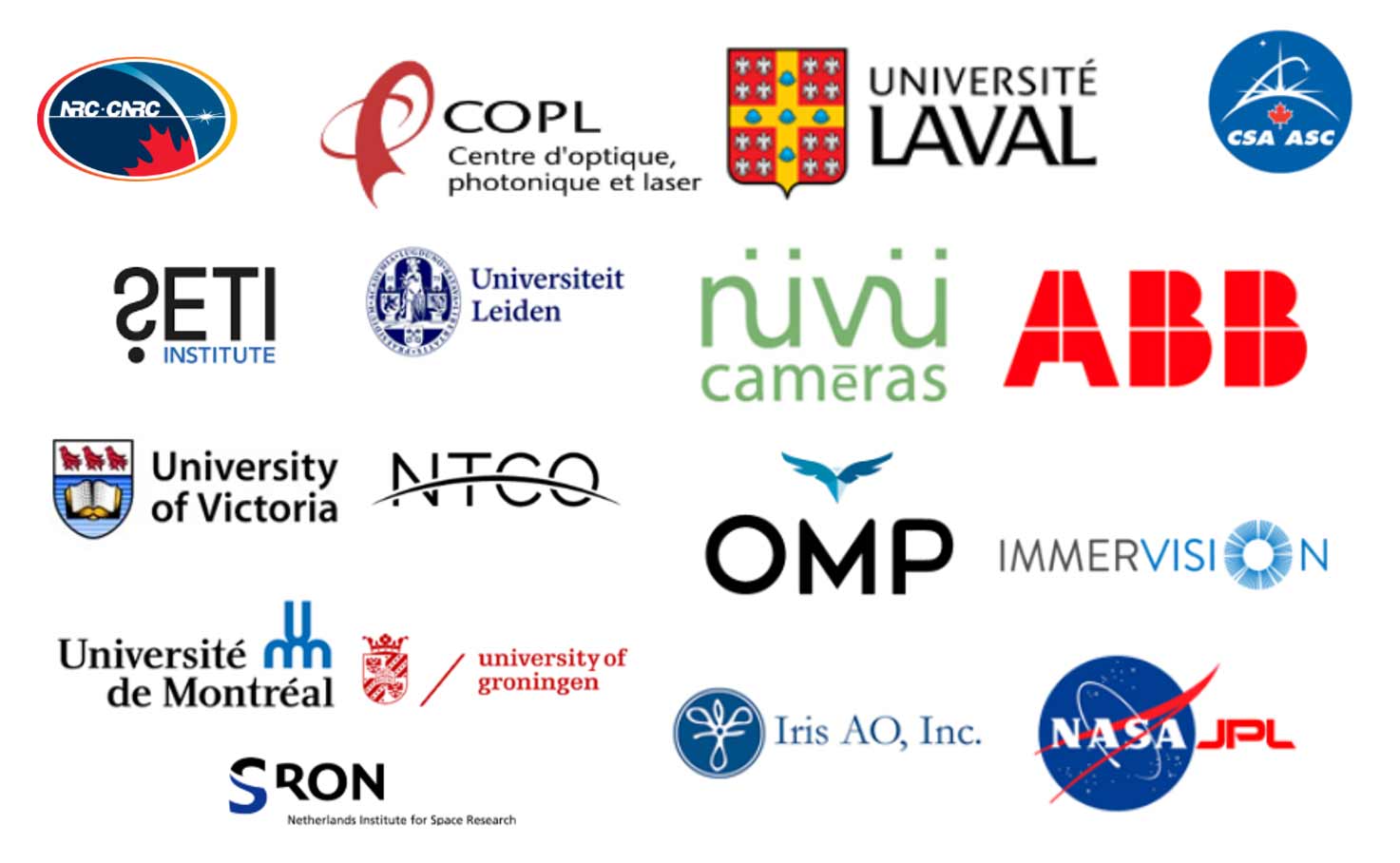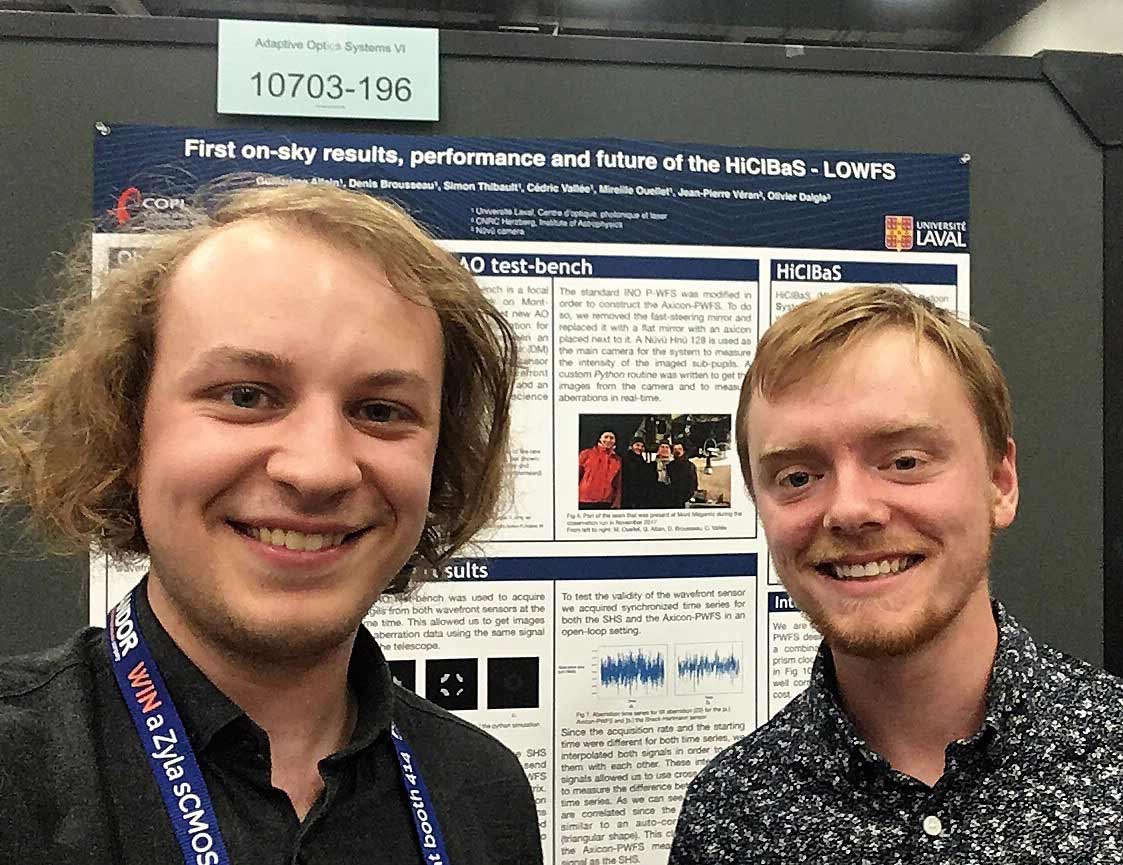The mission’s goal is to test the technology needed to fly a large telescope on a stratospheric balloon ...

Space-based telescopes are key to efforts to image and characterize exoplanets -- planets that orbit stars other than Earth’s Sun. But these endeavors come at a great cost—and are not always affordable to astronomers who are pressed for funds to launch such telescopes.

That’s why a group of scientists led by Simon Thibault, a professor at Quebec’s Université Laval, is proposing a revolutionary alternative that may one day allow us to image Earth-like exoplanets at a much lower cost. Thibault and his team are proposing that it’s possible to conduct observations using a telescope and complex instruments that are mounted on a 100m-diameter sub-orbital balloon that floats in the stratosphere.
Telescopes mounted on such balloons have advantages that go beyond lower costs and potentially cutting-edge capabilities. When the time is right, it’s possible to bring them back to Earth to be updated, refurbished, and then relaunched with better, finer-tuned instruments, thereby maximizing the possibility of achieving the scientific goals of the mission.
HiCIBaS, the High Contrast Imaging Balloon System, is the result of an international collaboration among several institutions, including the SETI Institute, universities in Canada and the Netherlands, private companies in the US and Canada, and nonprofit organizations, and NASA.

The mission’s goal is to test the technology needed to fly a large telescope on a stratospheric balloon, and to complement the work of future space missions like WFIRST and HABEX/LUVOIR. At an altitude of 40-km, the maximum possible for sub-orbital balloons, the telescope will be only half-way to the Karman line—the official boundary between Earth’s atmosphere and outer space—but the atmospheric pressure is a thousand times less than on Earth’s surface, and radiation levels are very similar to those of outer space. True, it’s not outer space—but for electronic devices and hypersensitive instruments, it’s quite close!

Thanks to funding from the Canadian Space Agency, Thibault’s team is ready to conduct the first phase of its experiment. They will test our ability to use high-contrast imaging and coronagraphy from a sub-orbital balloon that’s scheduled for launch this month. After beginning their work in March 2017, team members completed a final design review in January 2018 and then began construction of the instrument. This is a high-speed project with a total development time of less than 2.5 years. The tight timeline will help minimize costs and allow the team to focus on its one challenging, but rewarding, task. The risks are obvious, given that we have never flown a large telescope with adaptive optics aboard a balloon, but have been minimized thanks to careful testing and computer simulations.
The scientists involved in the project presented their work and their instrument in June 2018 at the SPIE Astronomical Telescopes + Instrumentation in Austin, TX. This instrument has several goals:
-
Test a new type of low- wavefront sensor to correct for pointing errors and aberrations created by the relatively small size of the telescope (a 14” Schmidt-Cassegrain telescope)
-
Achieve precision pointing on a bright star at the sub-milliarcsec level
-
Measure and gather data on the quality of the wavefront in visible light at an altitude of 34-36 km
-
Fly several devices crucial to use of adaptive optics (e.g. EMCCD camera) in space-like conditions
-
Test an optical component (DM, Coronagraph) for future high-contrast-imaging missions


The instrument will be mounted on the CARMEN, a 1-T payload gondola attached to a 20-180 m helium balloon. This balloon will be released from Timmins Airport, Ontario at around 11 PM local time and reach its target altitude at 2 AM the following morning. The first four hours will be dedicated to astronomy, with HiCIBaS observing one bright star visible in the northern sky to record data and show the potential of adaptive optics in the stratosphere. The balloon is scheduled to land at noon the following day.
The test’s sub-systems were integrated at Université Laval last spring and summer, and the payload arrived last week at the STRATOS Canadian stratospheric balloon launch site. Team members and collaborators are gathering at Timmins to integrate the instrument onto the payload gondola. Launch is scheduled to take place by August 25, so there is no time to waste.

We will keep you posted on the progress of this challenging project. You can also follow developments and learn more about this project by visiting the HiCIBaS Facebook page. More information about HiCIBaS is also available on this video below:





